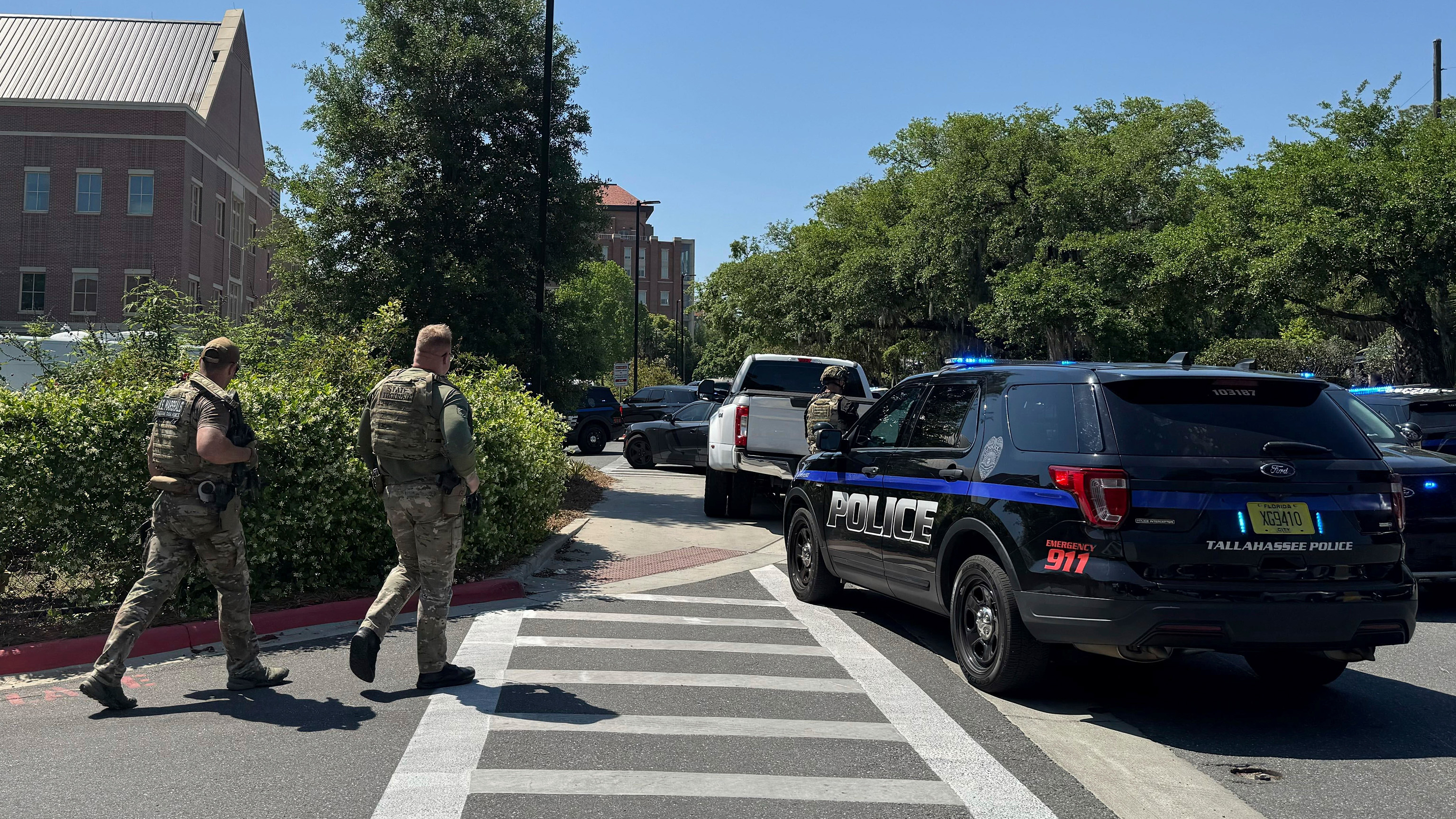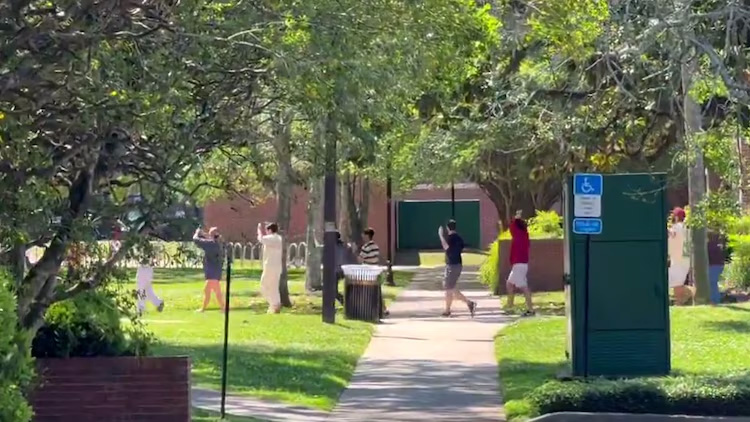NC Department of Labor: Design flaws caused Wake Tech fatal bridge collapse

RALEIGH (WTVD) -- The North Carolina Department of Labor announced Friday that an investigation revealed design flaws caused a bridge collapse on Wake Tech's Northern Campus last November that killed a construction worker.
On the morning of November 13, 2014, workers with Raleigh-based J.O. Concrete were pouring concrete on the 250-foot-long pedestrian bridge, as part of a campus expansion project, when it suddenly gave way, sending five men to the ground. First responders said the bridge, at its highest point, was 40 feet tall.
One worker, Jose Luis Rosales-Nava, died and four others were rushed to WakeMed. All five men were Mexican and in the U.S. on work visas.
The following day, a second footbridge under construction collapsed, but no one was hurt during that incident.
According to documents released Friday, the investigation by the N.C. Department of Labor's Division of Occupational Safety and Health found the structures collapsed due to design flaws associated with several notches in the glulam girders, which were supporting the structures.
Glulam is a engineered wood product comprised of wood laminations that are bonded together with adhesives.
OSHA said it determined that Stewart Engineering Inc., the structural engineering firm hired to prepare shop drawings for the bridge, should have been aware of the flaws.
Yet, the Department of Labor said it could not recommend citations due to the lack of any applicable occupational safety and health standards or labor laws/administrative codes that address bridge design.
OSHA was also unable to establish that Stewart Engineering Inc. had any of its own employees exposed to any hazardous conditions associated with the design flaws and therefore could not issue citations under the NC General Duty Clause.
However, after OSHA established that the collapses were associated with engineering design flaws, it made a referral to the N.C. Board of Examiners for Engineers and Surveyors (NCBELS).
Officials said NCBELS has indicated that engineering issues associated with a collapse falls within its purview. The NCBELS is now investigating.
In a statement Friday, Stewart, Inc. said that it "cooperated fully with the OSHA investigation and is committed to continue in that regard with other investigations."
"Because of ongoing investigations, it is not appropriate for us to discuss this matter publicly at this time," the statement read in part. "We continue to assist and work earnestly with all the involved parties to move the process forward."
Following the accident, the ABC11 I-Team looked into Skanska, the construction company doing the work, and the sub-contractor that employed the victims.
Both the company in charge of the project and the sub-contractor responsible for the bridge had notably good safety records, according to records kept by OSHA.
The subcontractor, a company called Central Concrete, had been inspected four times in the past five years, but was never cited and never found to be in violation.
It's the same with the company in charge of the project, Skanska. They have had four visits from OSHA with no violations and no fines.
However according to the state Department of Labor, J.O. Concrete was cited for one serious violation in 2006 for not having personal protective equipment on the job.










